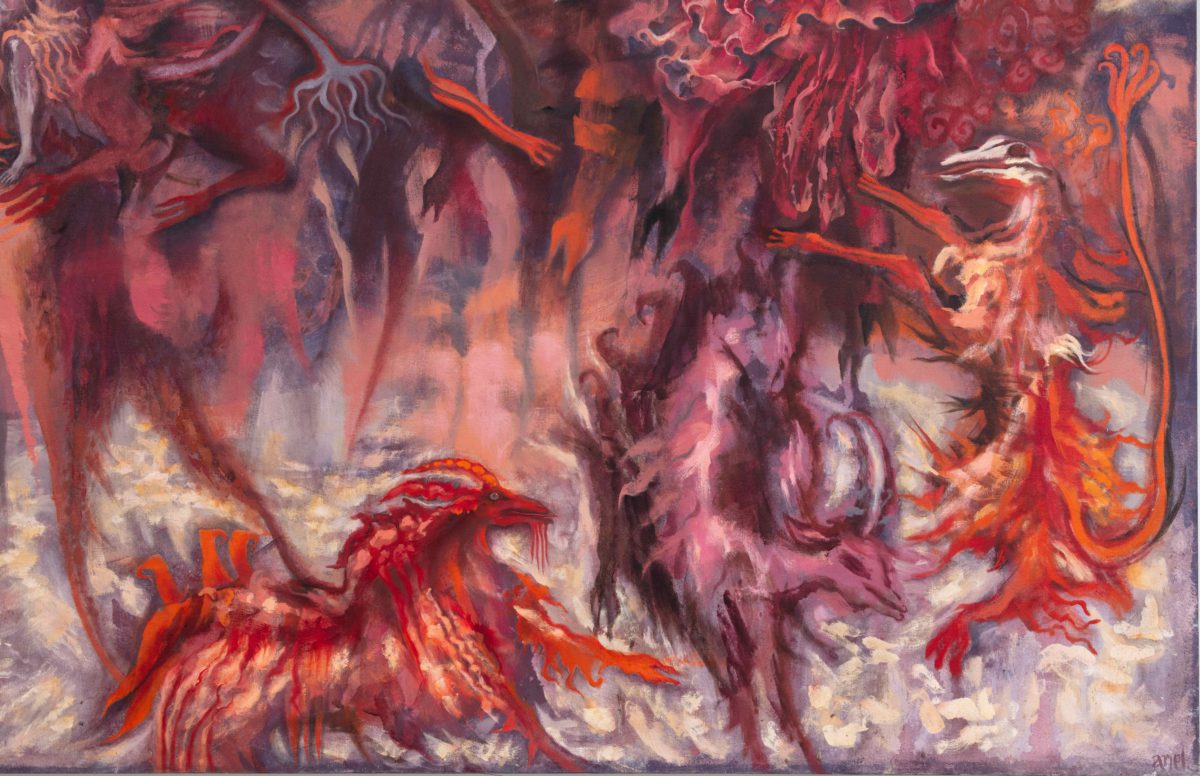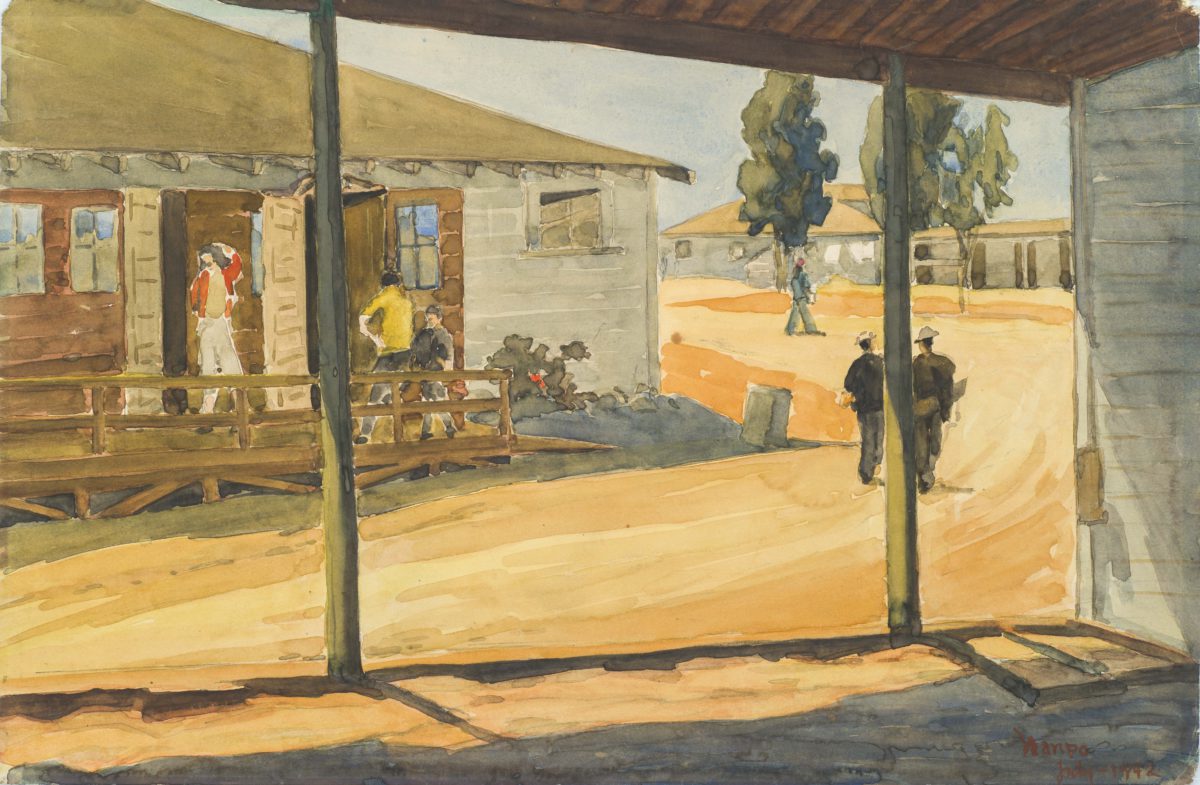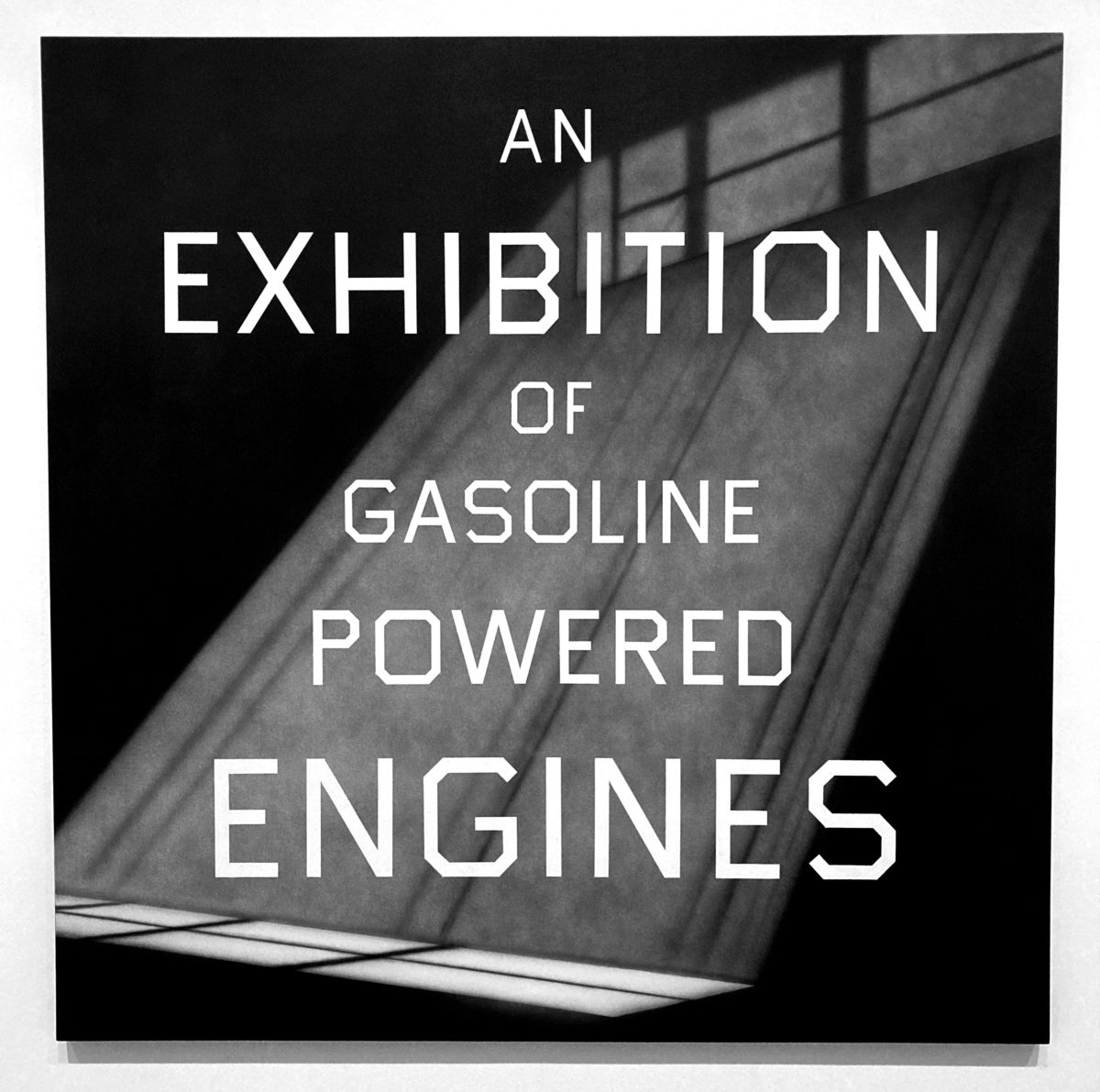Book Review—Wagnerism: Art and Politics in the Shadow of Music

Wagnerism: Art and Politics in the Shadow of Music
by Alex Ross
Picador, $23.00
Art and religion (they are the same thing in the end, of course) have given man the only happiness he has ever had.
-Willa Cather
In the benign age of Cancel Culture, Alex Ross—that ever nuanced New Yorker music critic—has committed an irremediable sin. His Wagnerism (New York: Picador, 2020) has resurrected the very personality in European cultural history for whom the term “proto-fascist” was (probably) originally coined.
To be sure, over some 660 pages of vibrantly compelling text Ross does go out of his way, again and again, to reassure his reader that we should never ponder composer Richard Wagner (along with Wagnerism/ Wagnerianism/ Wagneritism /Wagnermania) without clucking over his multifarious “dark” sides. Unfortunately for our intrepid Cancelists, it really does not work, because by the time the attentive reader is done with Ross’s colossally long account, judging Wagner seems as pointless as measuring any primordial Force actualizing the Universe. Ultimately, we come back to the greatest phenomenon in that ongoing nineteenth century project, the “Religion of Art” (Kunstreligion), linking aesthetics and politics into a redemptive and transformative future for society, politics, economics—and, yes, religion (or if you will: “spirituality”). The driving question becomes rather: Even if we concur with each Wagnerian “transvaluation of values” (as acolyte Friedrich Nietzsche cribbed from his peculiar association with Wagner), is the result—whatever it may be—worth our concern? When compared to the all-devouring charms and conveniences of rampant digital technologization, for example?
First and foremost then, one must return to the question already posed: What did the composer himself want?
For a start, we must unbundle what Wagner himself thought was the point of it all, and for this Ross’s punctilious narrative proves indispensable. Of course, Wagner studies are legion and many are even quite good, but Ross stands out for being both a sophisticated musicologist of European cultural history and a critic of modernist and postmodernist impulses, even unto the Age of Gen Z. There is no doubt that personally Ross “loves” Wagner: Already in college “I began to fall in love with Wagner;” experiencing Wagner’s Ring tetralogy went with “various crushes and love affairs” and even helped Ross in “recovering from alcoholism.” No wonder that Ross could finally proclaim: “Writing this book has been the great education of my life.”
Still, and still, no point to idealizing Wagner: “The ugliness of his racism” leaves a picture “cracked down the middle.” So where does that leave the moral integrity to Ross’s own professed “love”? One expiation is to stretch out pretty well every crush that any reasonably memorable cultural figure has undergone to the Wagnerian influence, and Ross admirably performs that daunting exorcism. Anywhere you might look on the cultural landscape, there spreads the Wagner virus. Just to mention those names to whom Ross devotes an extended account: Willa Cather, Isadora Duncan, Virginia Woolf, Marcel Proust, Andrey Bely, James Joyce, T. S. Eliot, Thomas Mann, Sergei Eisenstein. Then there are the ample Wagnerians of the gender wars, the political left and right, not to forget the Nazi Wagnerians who deserve a special look and summation, plus creeping Wagnerian influences on aesthetic modernism and modern media, all the way to Hollywood and kindred digital institutions (Ross might also have mentioned installation art).
Ross is unsparing when zeroing in on Wagner’s abysmal anti-Semitism. Even so, he will not be sucked into untested assumptions, especially those that automatically equate Wagner with Nazism. To take some examples, for Ross the jury is still out on whether Wagner’s characters are based on Jewish stereotypes, or that Wagner’s music was in fact played in the concentration/extermination camps. Indeed, Adolf Hitler for one does not seem to have ever taken advantage of citing Wagner’s anti-Semitic fulminations, nor was the Wagner family-controlled Bayreuth institution at any time actually affiliated with direct Nazi control—not that such separation absolves Bayreuth’s and widow Cosima Wagner’s own rampant anti-Semitism. Surprisingly perhaps, her own notes reveal a family often critical of repression of African minorities and of native cultures. Finally, there is plenty of evidence on behalf of vegetarianism, animal protection, and a quasi-pacifism critical of militarism and standing armies.
One difficulty with making sense of such tumultuous evidence is the temptation to overlook distinctions between Wagner himself, the Bayreuth enterprise, and Wagnerism. This is common enough in all evaluations driven by the “anxiety of influence,” but particularly acute in this controversial case. Ross on Wagner himself would make up a functional volume by itself, but placed as it is within a project aiming to elaborate “a musician’s influence on non-musicians—resonances and reverberations of one art form into others,” it can often tempt the author to slide off his evaluation of the composer himself into the ramifications of Wagner’s impact on so many diverse zones of human conduct and ideology. First and foremost then, one must return to the question already posed: What did the composer himself want?

Ross actually flirts with the correct answer when associating Wagner with the poet Friedrich Schiller’s ideal of an “aesthetic state” in German thought: “Romantic art-religion is bound to Hegel’s dialectic of progress, creating an aesthetic juggernaut.” Unfortunately, Ross seems unaware of an extensive work like The Aesthetic State (Berkeley, 1989) which plausibly demonstrates Wagner’s enterprise as forming an important, albeit not the prime, component in a German mission driving the utopian hopes of such otherwise disparate thinkers as G. W. F. Hegel, Karl Marx, Friedrich Nietzsche, Martin Heidegger, and Herbert Marcuse. Wagner’s own special contribution was to put to the test the making of such an aesthetic state in King Ludwig II’s Bavaria after he had formulated his own version in a series of radical prose works and libretti reflective of the European Revolutions of 1848-1849. Willingly serving that upheaval among the barricadeurs of the 1849 Dresden uprising, Wagner was to be subsequently hounded into the life of a wandering outlaw, the “Marat of Music,” pursued by European conservative courts right up to his later years. Indeed, having been miraculously saved from debtor’s prison by his No. 1 fan Ludwig, Wagner gathered into his Bavarian project some of the key figures making up the political left of mid-century European radicalism.
At first [Wagner] hoped that his theater would work hand in hand with revolutionary forces pushing socialist and even “communist” goals to end class society and inaugurate a world of common creativity (all men as “artists”).
In assessing Wagner, one must always start with recognition that above all he was a dramatist, a child of theatre and theatricality, who unabashedly sought out the Renaissance goal of dramma per musica—“drama through music, by means of music” (following Joseph Kerman’s acute gloss)—which is what opera was supposed to emulate but which had often enough dissipated into mere entertainment and virtuoso singing. The rather tortuous argument in Wagner’s key theoretical text Opera and Drama (1852) countered this presumed corruption with an alternative based on the primacy of tone for a distinctly human evolution. Humanity was only “human” because of its capacity to express through the art of tone (Tonkunst) dance and song, whence emerged the redemptive phenomena of the folk song (Volkslied) and the loving couple. How that might be secured for the stage took up Wagner’s most frantic theoretical and “music-dramatic” experiments, all focused on the exploitation of that extended folk song, the Myth—German myth—that retained the phenomenological promise and assurance of what Wagner consistently used as his standard: “The purely human” (das Reinmenschliche) is saved and sustained by the human voice and the universal power of tonal modulation of the modern symphonic orchestra.
Over time Wagner swung all the more acoustically to the metaphysical primacy of music—unlike all other art forms, the very expression of the universal Will, according to Wagner’s beloved philosopher Schopenhauer. But this adjustment remained subordinate to Wagner’s lasting theatrical message, which (if it might be squeezed into formulaic exactitude), mixed Dionysian-Christian and Buddhist elements of love and compassion to touch off in his audience a kind of ecstatic tearfulness. Wagner thought that this experience promised redemption for a society controlled by traditional repressive institutions but also by the rising domination of capital and money. At first he hoped that his theater would work hand in hand with revolutionary forces pushing socialist and even “communist” goals to end class society and inaugurate a world of common creativity (all men as “artists”). When those forces were soundly defeated, he took the lead with the promise of his own work wedging a domain of freedom into a primarily conservative epoch. It is true that ultimately Wagner’s project foundered in Ludwig’s Munich, but Wagner resourcefully shifted to founding his own special Theater to Art for pilgrimage and contemplation in the obscure Bavarian city of Bayreuth. From that Wagnerian omphalos have then permanently issued Ross’s hosts of Wagnerians and Wagnerites.
It remains to be seen whether Wagner’s professed aim of uniting “art and politics” (Ross’s subtitle is: “Art and Politics in the Shadow of Music”) carries any substantive impact today. For the ongoing project of Wagnerism, the Wagner critic will need to continually ask herself whether there still augurs a “utopian other”—as Wagner for one imagined—in the critical theatrical moments fashioned by Wagner for presumably “liberatory” purposes. At least one must be grateful that such practical acoustical and visual opportunities remain impressively available on the living performance landscape.
No matter: in the end Alex Ross’s Wagnerism has bequeathed to Gen Z a truly Wagnerian Temple. Consecrated to “ce dieu Richard Wagner,” the Wagnerian Religion of Art—notwithstanding all the understandable hesitations, reactions, rejections toward it by skeptic and denigrator—may now continue to be, thanks to Alex Ross’s own meticulous Wagnerism, worshiped:
The Artist has the power of foreseeing a world to be shaped, of enjoying beforehand a yet unformed world arising from the Force of his own creative longing.
-Richard Wagner




